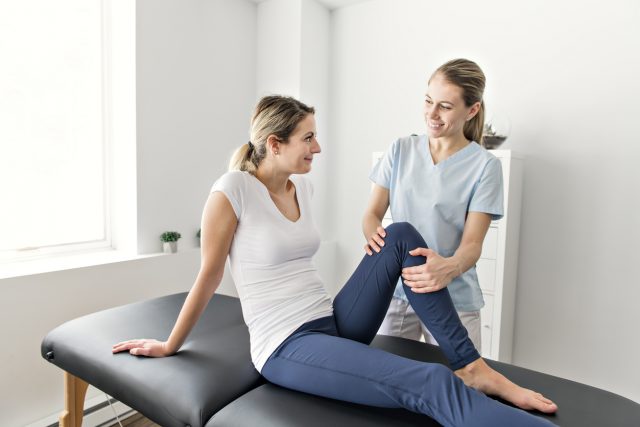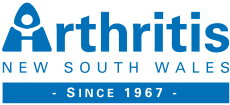
An Occupational Therapist (OT) is an allied health clinician who focuses on what a person wants to do, needs to do or has to do. ‘Occupations’ are any activities that a person does for example: Sleeping, showering, toileting, driving, working, cooking, gardening, managing finances, looking after dependents, cleaning and leisure activities.
Chronic physical and mental health conditions as well as disability, can make participation and performance in occupations very difficult. An OT will help you to break down the barriers by problem solving with you. An effective model of practice is the PEO model.
An OT can influence the:
Person: Rehabilitation, education, strengthening, graded exposure.
Environment: Educating families and communities, prescription of aids or assistive technology, modifying the home such as grab rails, drop down shower seats, ramps.
Occupation: Simplifying the task (such as sitting down to dress), changing the way a person performs a task, task specific practice, skill building, adaptive techniques.
Specific to managing arthritis and enabling the ongoing engagement in meaningful occupations, an OT commonly uses the below interventions for both Osteoarthritis and Rheumatoid arthritis:
- Client education: OTs assist other health professionals to educate individuals with arthritis on how to best manage their symptoms
- Joint protection strategies: Upper limb therapy, hot/cold modalities, ergonomic education
- Splinting: Specifically for the hands, splinting can help to stabilise or protect joints during repetitive activities or to reduce pain
- Fatigue management and energy conservation: Planning and prioritising activities, modifying activities and education on how to conserve energy to maximise function
- Environmental modifications: Identifying and implementation of modifications, especially in the home to facilitate occupational performance and safety
- Pain education and sleep hygiene: Resources and educations on the psychosocial factors that influence pain and how to manage pain
Useful Assistive Technology – examples
- Kettle tipper
- Arthritis gloves, compression
- Hand held shower hose on weight bearing grab rail
- Adaptive kitchen aids
Further reading & resources
Assistive Technology Australia
Aida Care Healthcare Equipment
Australian Pain Management Association
References
Law, M., Cooper, B., Strong, S., Stewart, D., Rigby, P., & Letts, L. (1996). The person-environment-occupation model: A transactive approach to occupational performance. Canadian journal of occupational therapy, 63(1), 9-23.
Radomski, M. V., & Latham, C. A. T. (Eds.). (2008). Occupational therapy for physical dysfunction. Lippincott Williams & Wilkins.
Schell, B. A., Gillen, G., Scaffa, M., & Cohn, E. S. (2013). Willard and Spackman’s occupational therapy. Lippincott Williams & Wilkins.
Siegel, P., Tencza, M., Apodaca, B., & Poole, J. L. (2017). Effectiveness of occupational therapy interventions for adults with rheumatoid arthritis: A systematic review. American Journal of Occupational Therapy, 71(1), 7101180050p1-7101180050p11.
